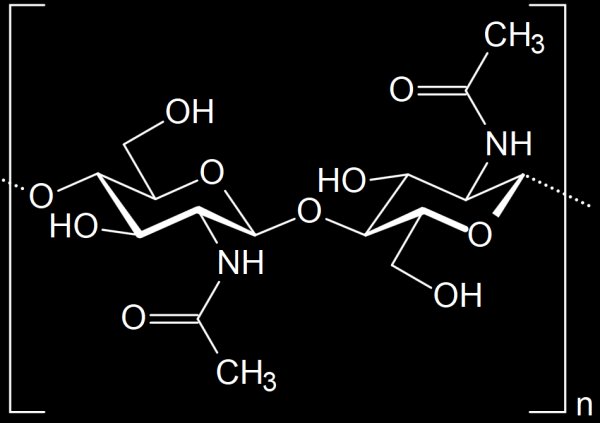

The trilobite had chitinous (Chitin = C8H13O5N, a long-chained polymer of a N-acetylglucosamine) exoskeleton. Chitin is ubiquitous in the natural world, and particularly in the exoskeletons of arthropods such as crustaceans and insects. In pure form, chitin is translucent, flexible, resilient, and very tough. In arthropod exoskeletons chitin is embedded embedded in a proteinaceous matrix called sclerotin. In its pure form, chitin is leathery, but in most invertebrates it occurs largely as a component of composite materials. Sclerotin formed by the cross-linking of proteins, a biochemical process called sclerotization. the resulting composite matrix is much harder though stiffer than pure chitin tougher and less brittle than calcium carbonate The trilobite exoskeleton was composed of calcite and calcium phosphate in a protein lattice. It covered the entire dorsal (upper) of the trilobite and wrapped around the lower edge to produce a small fringe called the doublure. |